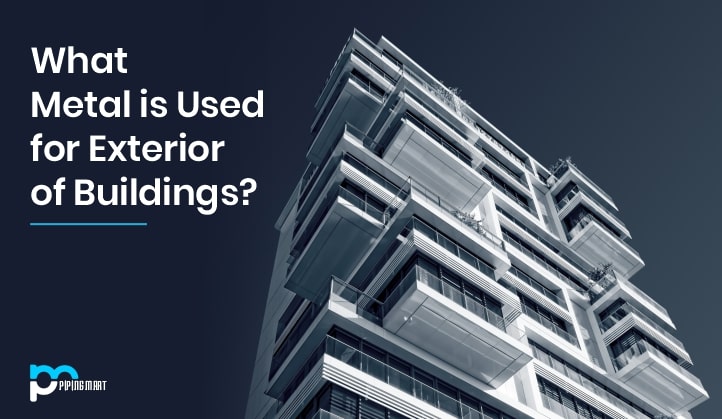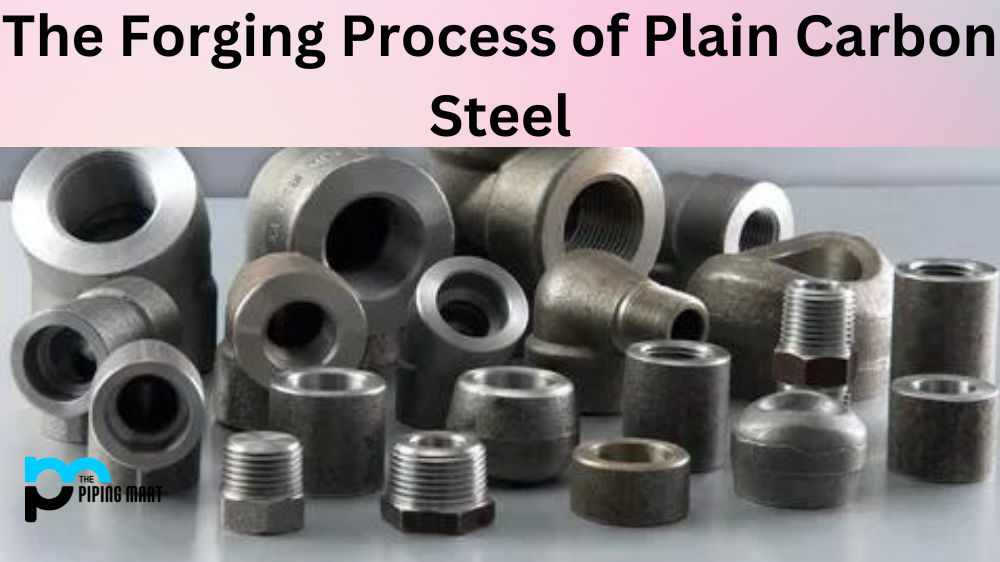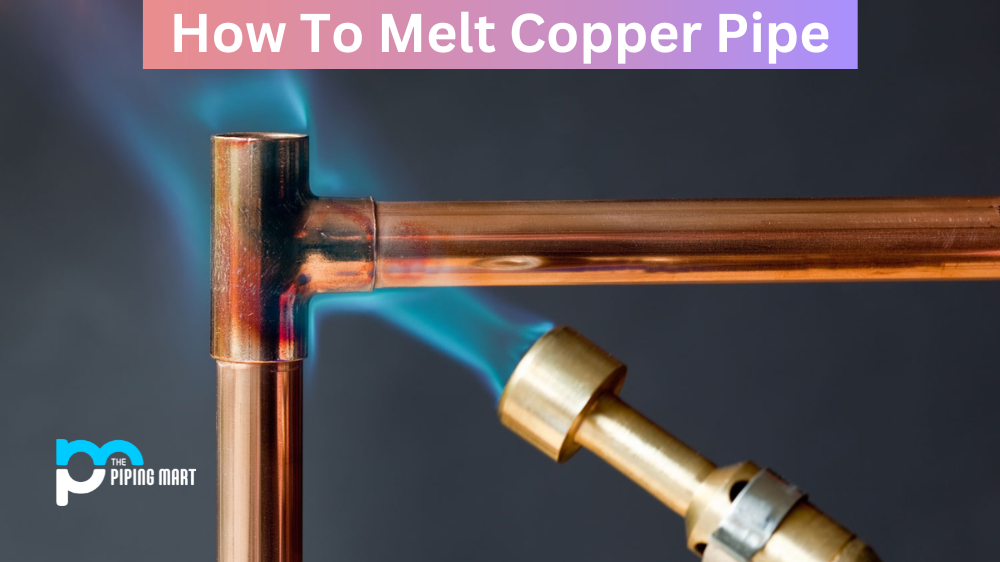The seafront is a beautiful but pricey place to live. And as it turns out, utilizing metal in exterior architecture is also one of the hardest things. The seaside’s salt and moisture is an obstacle for long-lasting infrastructure. Most coastal buildings require repair every few years, or they might have to be wholly replaced based on the metal used for their construction. And while most alloys are corrosion-resistant, they are not immune to some metals that are resistant to corrosion are usually expensive metals with high price tags.
When you move further inland, due to lower levels of salt in the atmosphere, all metals last longer. It isn’t enough to save them from the climate and rainfall, but they’re having a better chance. The difference between a long-lasting tribute to your ability and an awful, expensive failure could be to figure out the best metals for outdoor applications. Here are a few metals which will be suitable for outdoor use.
Let us discuss some of the suitable metals for exterior architecture. Depending on the qualities that matter most to you: price, dependability, and beauty. We will discuss these types.
Galvanized Steel
In this list, galvanized steel is the least resistant to corrosion. Galvanized steel is more about function than beauty, so if it looks important to your project, it’s not your best option. Nonetheless, it is most widely used because it provides solid, affordable output for at least 50 years (25 or more in saltwater environments). This kind of steel made by coating carbon steel in liquid zinc. The ability to adjust the amount of protection by specifying the amount of zinc deposited on the steel surface during its production is one advantage of galvanized steel. The more zinc you put on, the better the immunity you’ll get!
In this list, galvanized steel is perhaps the most economical, which is why it is still so widely used outdoors. Components that are used to mount solar panels to commercial building roofs are some of the most common galvanized items we produce.
For projects needing only short-term corrosion resistance, or design requiring scheduled, reliable repairs, galvanized steel is therefore best.
Aluminum
Aluminum is a level above galvanized steel. Popular exterior aluminum items include light fittings and frames for doors and windows.
Does aluminum rust? Nope— through a process called self-passivation, it produces its own protective coating. When aluminum oxidizes, it develops around itself a protective layer like a snail pulling into its shell. Any paint on it is going to fade a bit.
It is often used on the outside framing of the doors and windows of the storefront. Keep in mind that aluminum products for exterior use are designed to be sellable at an affordable price — in many cases, they simply won’t last long in exterior use.
Aluminum is an economical option, but it is not the best choice for exterior architectural parts!
Copper, Brass, Bronze
These red metals are rare and luxurious compared to aluminum or stainless steel and also incredibly durable; these are completely immune to the elements once they have oxidized. Brass and bronze are copper alloys, so with oxidation, they all turn a little green. Some designers even deliberately add patina to bronze, copper, and brass to get that beautiful look right away!
To architects who need a rich aesthetic, such metals will be most attractive.
Luxury hotels, banks, historic buildings, and restorations often request for red metals. It’s a product of high quality, and the cost of these metals is twice or thrice to that of stainless steel
Nonetheless, if you want your design to stand the test of time and make an impact, copper brass, and bronze are all highly resistant to rust, weather-resistant, and long-lasting. Given the prices of these metals, you will have to ask yourself: “Is my project worth the cost of the products of the highest quality?”
Stainless Steel
In terms of durability, most uses and objectives, of copper, brass and bronze are similar to stainless steel. All of them are extremely resistant to the exterior components, even though they are very costly. Stainless steel comes at the top of the list for that ultimate (and extremely important) reason.
Is the rust in stainless steel? Yes, it can rust — perhaps at a much slower rate than carbon steel and aluminum under highly corrosive conditions. Today, for outdoor commercial and industrial uses, stainless steel has the perfect balance between reliability and price. Just ensure that it is periodically cleaned in order to maintain it mirror-like.
There are more than 150 grades of stainless steel, but only three are most widely used for outdoor: types 304, 316, and 430. Each type of stainless steel has a specific alloy measure that influences its toughness and price.
The most widely used of the 300 series is stainless steel grade 304. This alloy metal contains -18 percent chromium and 8 percent nickel-give it both mechanically and esthetically toughness. It is also one of the most costly stainless steel grades.
SS 316 contains the same amount of chromium as 304, but with a higher nickel percent plus 2-3 percent molybdenum. Molybdenum increases the resistance of the metal to seawater, making it perfect for the most corrosive environments.
Usually, 430 SS is used in mild outdoor conditions or indoors where the weather is tracked in (for example, in a metal door frame case). Furthermore, in shopping malls, escalators use 430 SS to safeguard against slush and salt carried by shoppers. It has a lower chromium percentage (17 percent) and a higher carbon percentage (0.12 percent) making it the affordable and most common choice.
Certainly, it is not as successful for external use as its 300-series counterparts. Stainless steel is much cheaper than brass, copper or bronze. And it can last well over a hundred years, depending on how and where you use it.
So which will be the most suitable metal for your project?
As discussed, your selection of metals may largely depend on the visibility of your project. There is no need for a pipe buried underground to be beautiful; it is a front door to a commercial building that does. The budget, ideal look, and operational specifications will decide the project’s material.

Pipingmart is B2B portal specializes in industrial, metal and piping products. Also, share latest information and news related to products, materials and different types grades to help business dealing in this industry.




